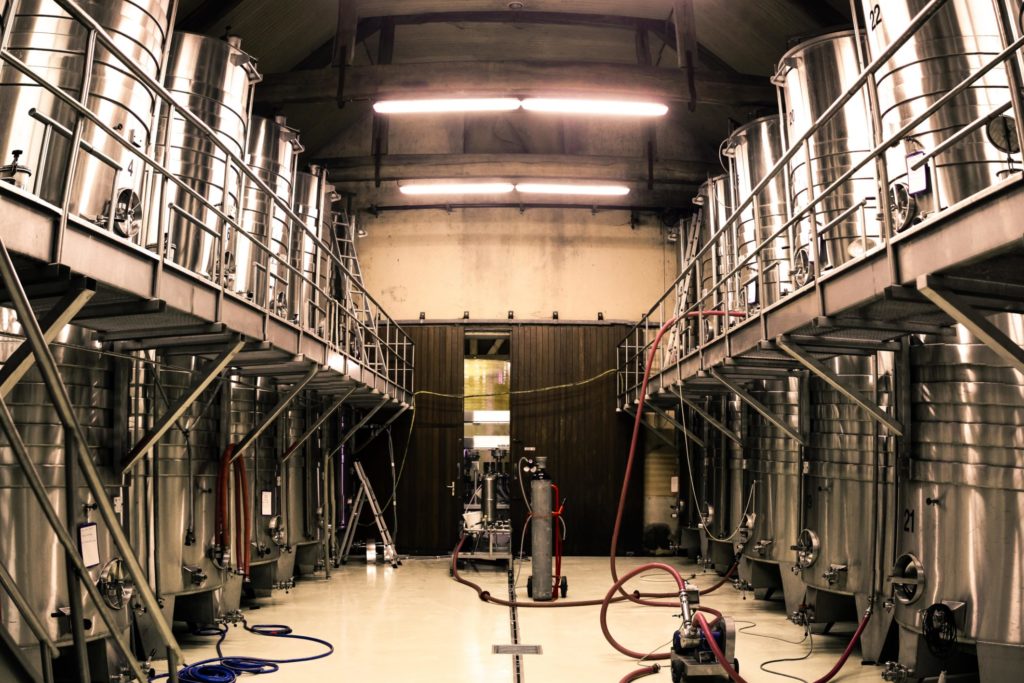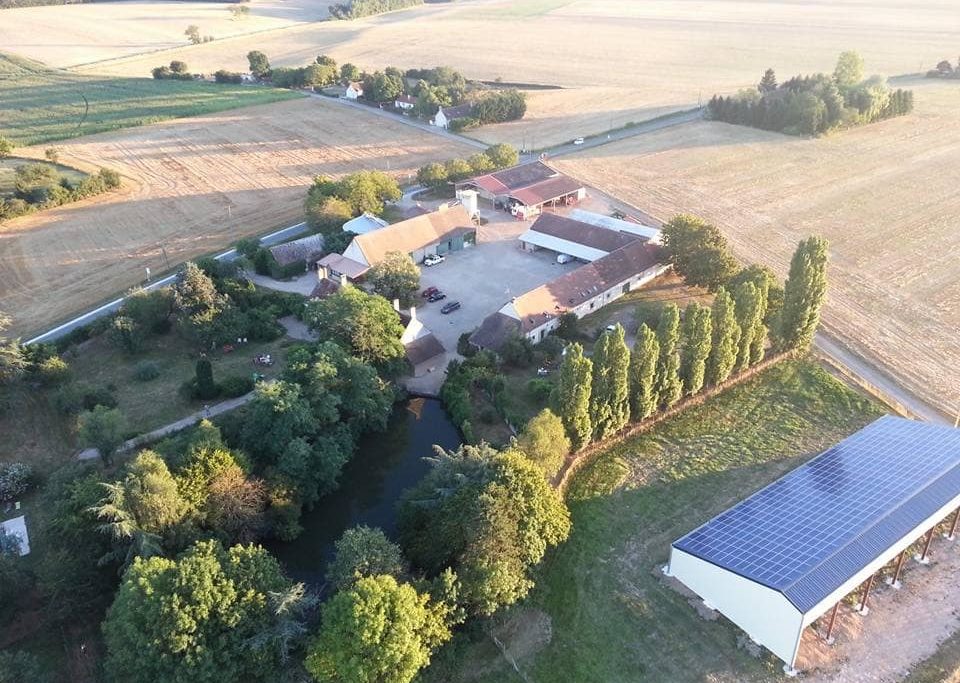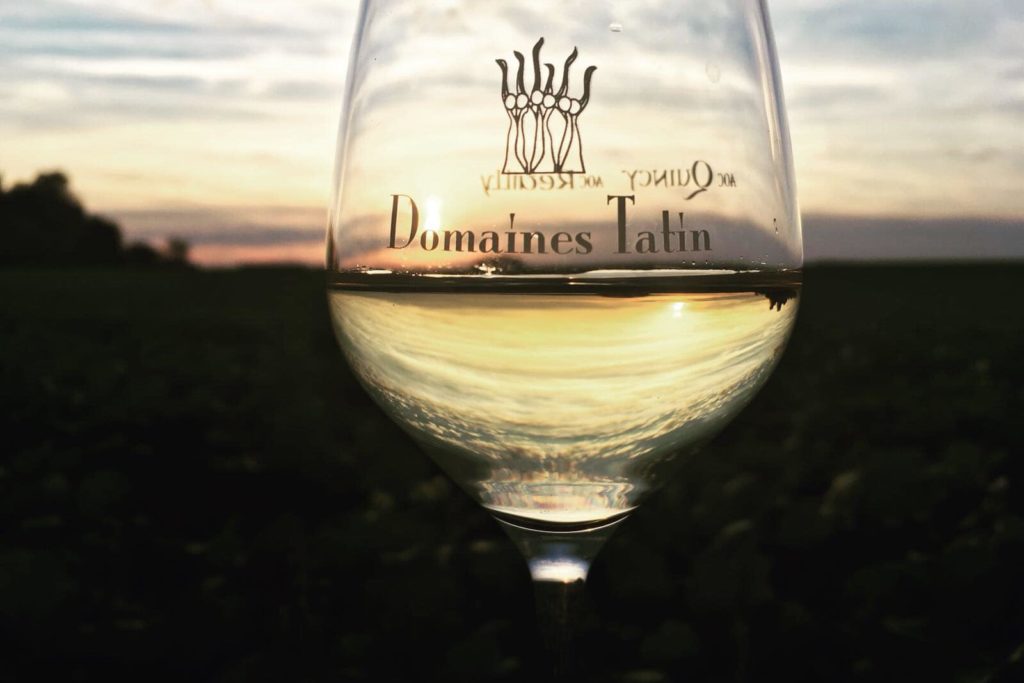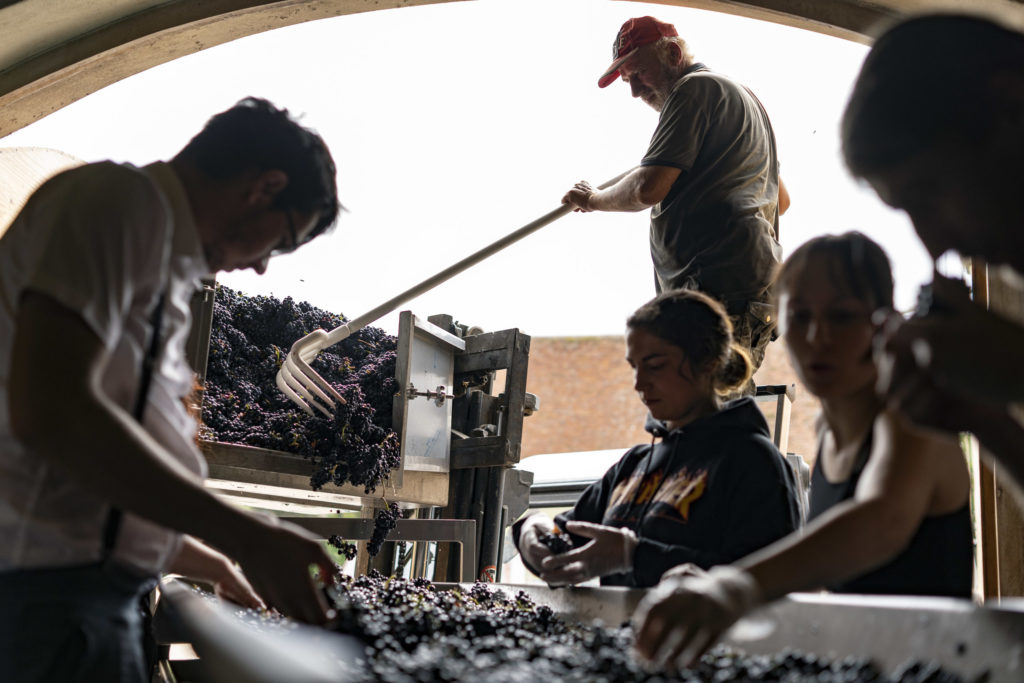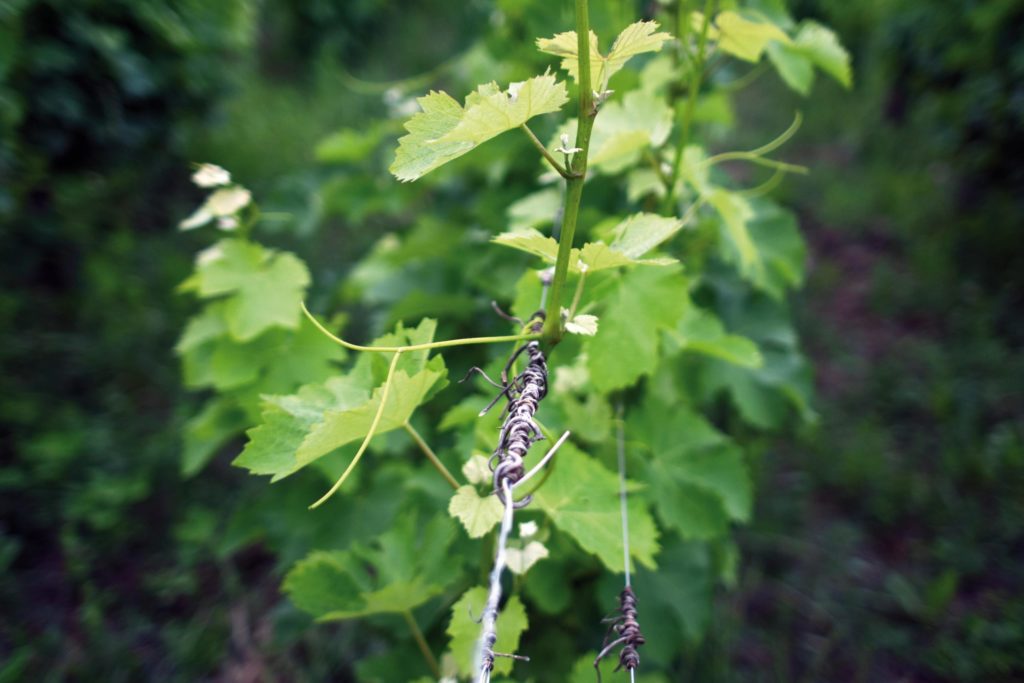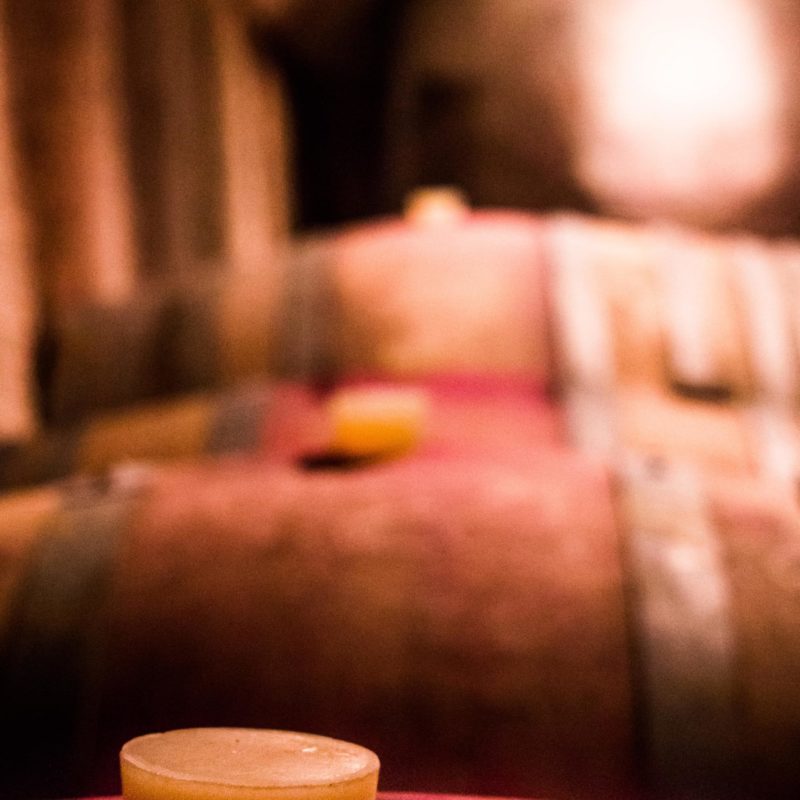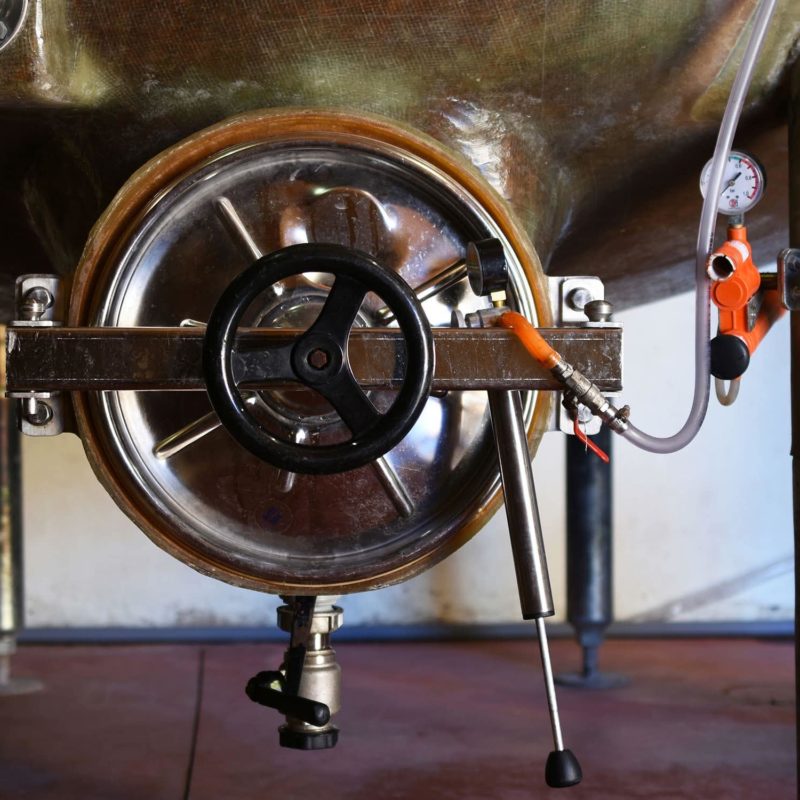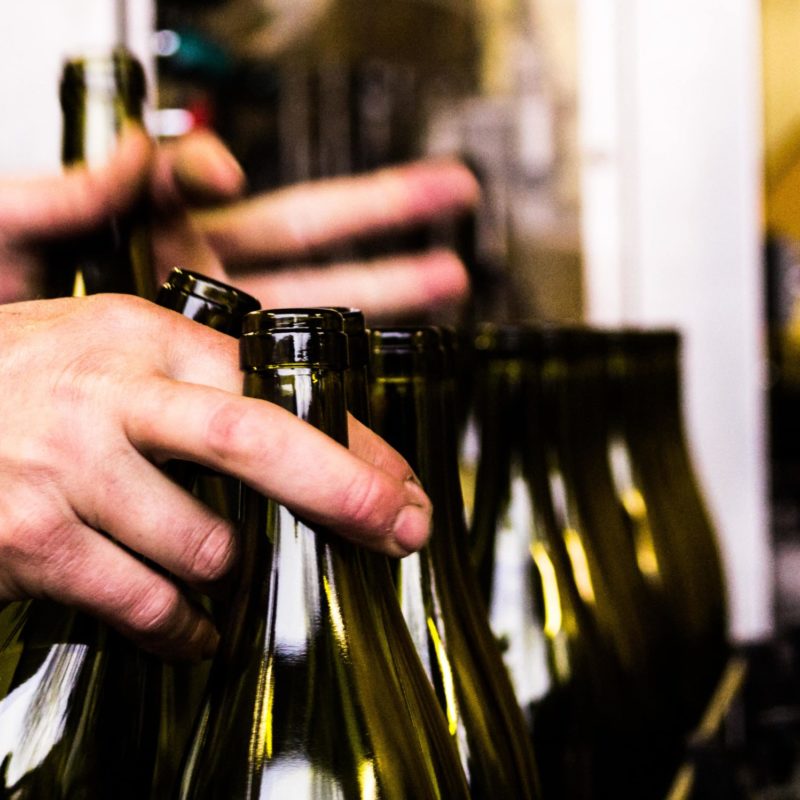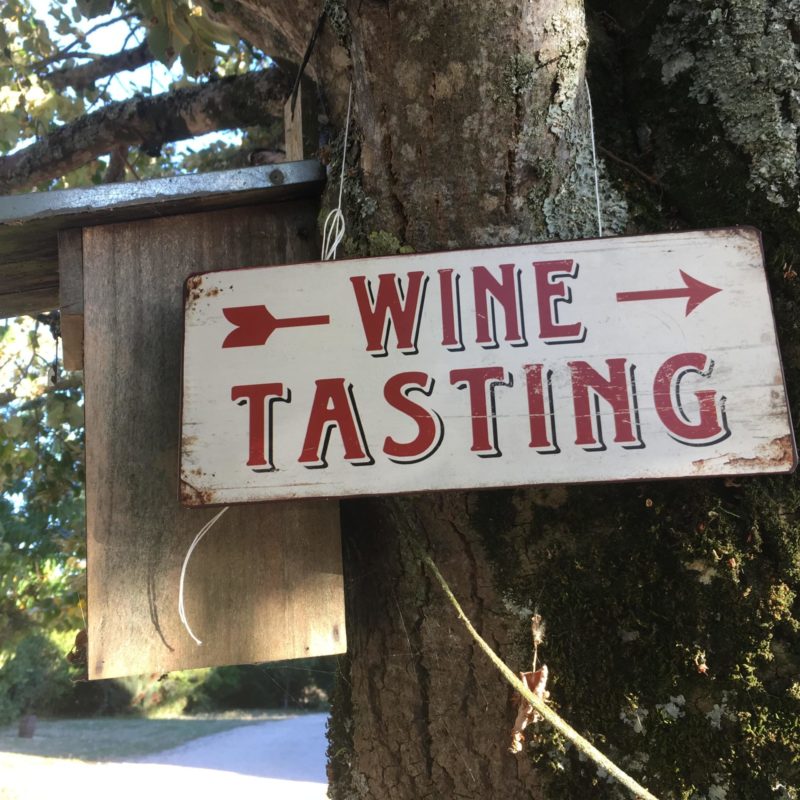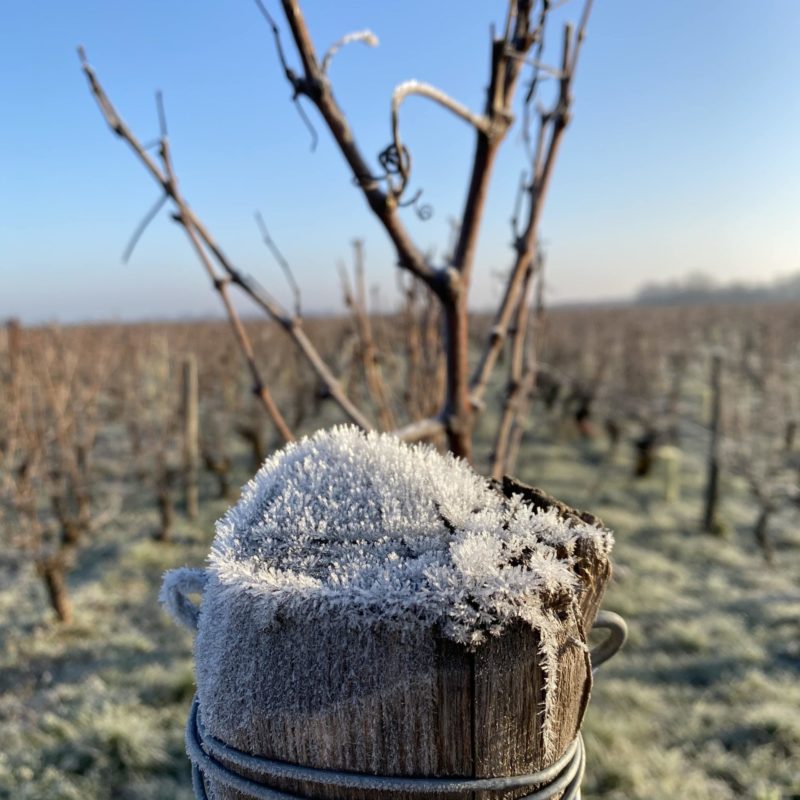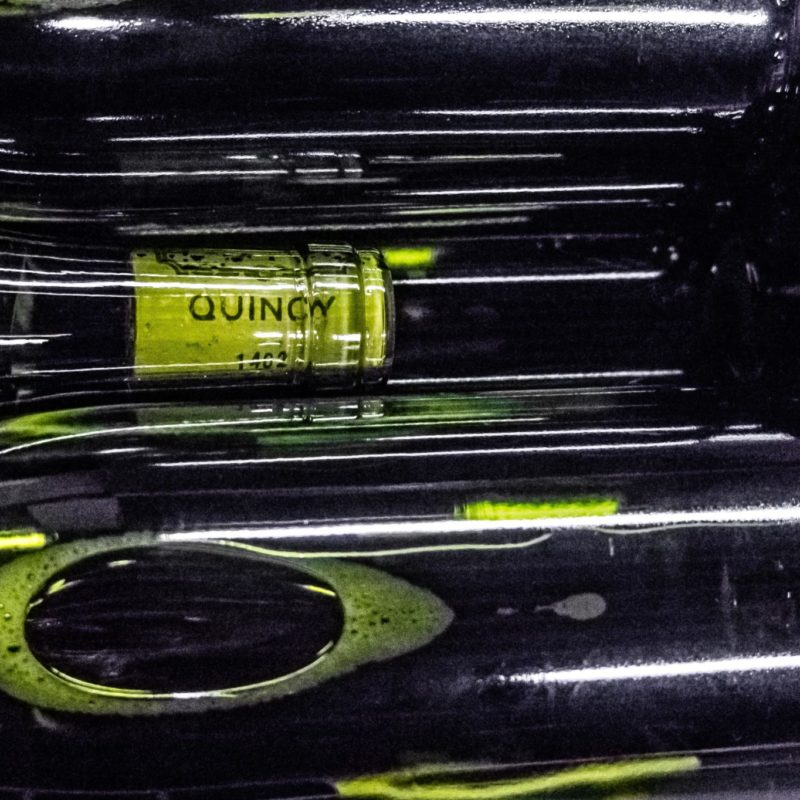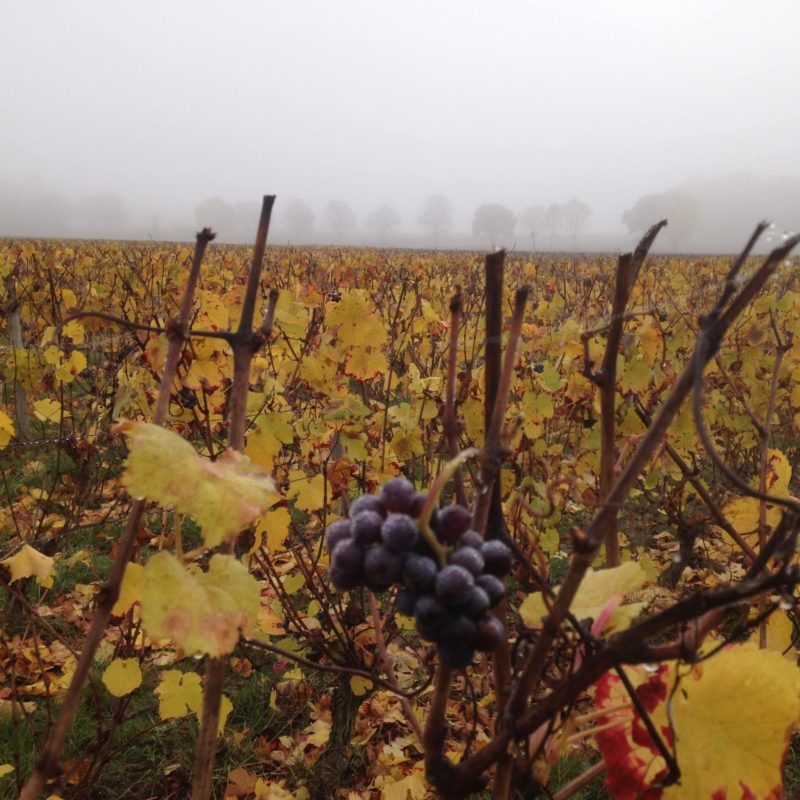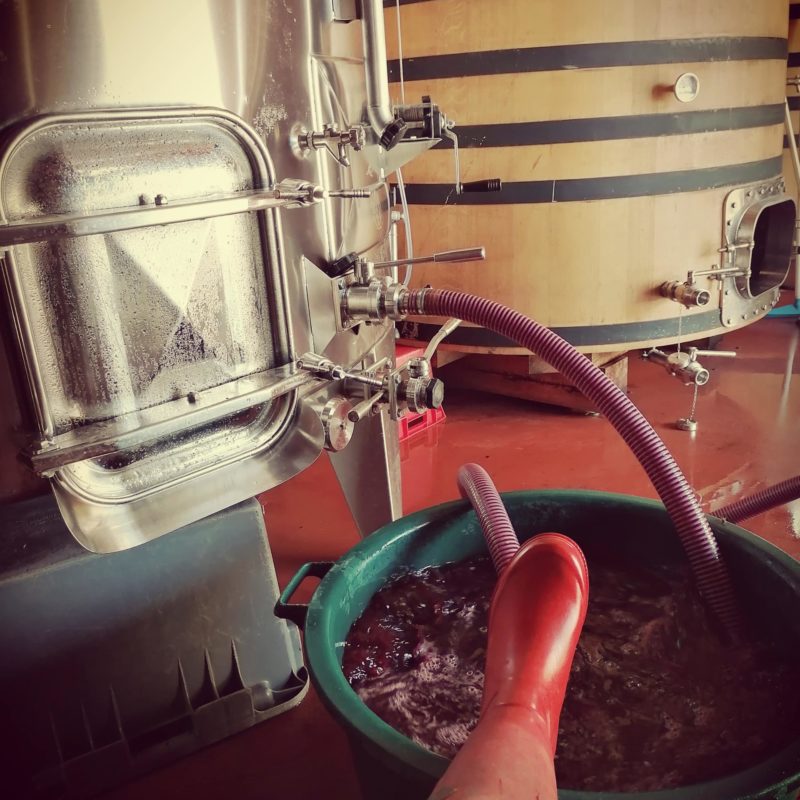Our two cellars
The Cave Romane in Brinay was founded in 1993 by seven young Quincy winegrowers, including Jean and Chantal. They decided to build a shared structure, which would allow them to make and bottle their own wines, conserving the identity and particularities of their individual domain. In the respect of local traditions, proud of their heritage, they renovated an old Berry farm building in the heart of the village of Brinay, to set up winemaking facilities, a bottling plant and a retail area.
Today, about two thirds of our wines are still elaborated there, in collaboration with Bernard Paoletti, the œnologist and Vincent Guillet, the cellar master.
